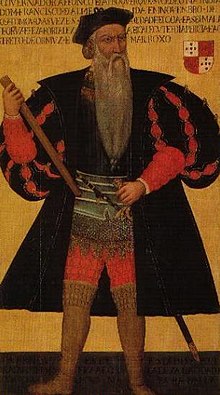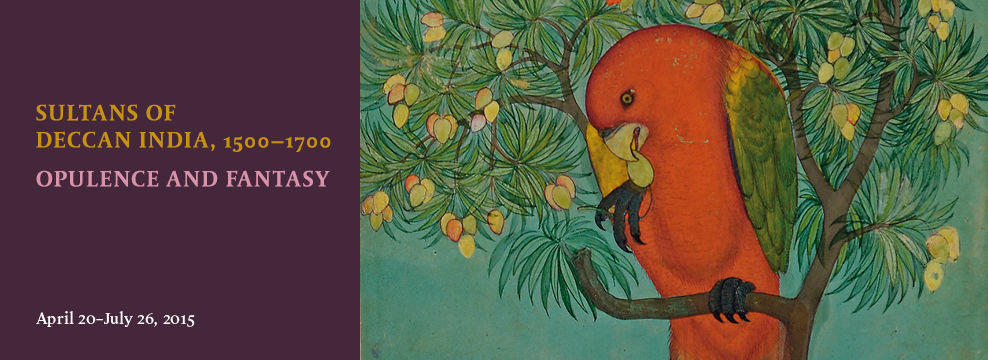 I remember the first time I arrived in
Lisbon. I had imagined that I would find the city unfamiliar, filled with
strangers. This was true to a large extent, and yet, the city endeared itself to me by offering me encounters with persons from my childhood.
It was an overwhelming experience to encounter the people like Afonso de
Albuquerque, Vasco da Gama, persons whose names I had first encountered as a boy.
Of course these men were long dead, but their memorialised presence still
lurked in the city, making the city at once familiar.
I remember the first time I arrived in
Lisbon. I had imagined that I would find the city unfamiliar, filled with
strangers. This was true to a large extent, and yet, the city endeared itself to me by offering me encounters with persons from my childhood.
It was an overwhelming experience to encounter the people like Afonso de
Albuquerque, Vasco da Gama, persons whose names I had first encountered as a boy.
Of course these men were long dead, but their memorialised presence still
lurked in the city, making the city at once familiar. I had a similar experience when visiting
the ongoing exhibition titled “Sultans
of Deccan India, 1500–1700: Opulence and Fantasy”, at The Metropolitan Museum of Art,
in New York. Dedicated to delineating the often ignored history, and material
productions of the various sultanates of the Deccan, the exhibition brought me
face-to face with persons whose histories are intertwined with those of the
early modern Portuguese in South Asia. I jumped with particular delight at the
portraits of various members of the Adil Shahi dynasty.
I had a similar experience when visiting
the ongoing exhibition titled “Sultans
of Deccan India, 1500–1700: Opulence and Fantasy”, at The Metropolitan Museum of Art,
in New York. Dedicated to delineating the often ignored history, and material
productions of the various sultanates of the Deccan, the exhibition brought me
face-to face with persons whose histories are intertwined with those of the
early modern Portuguese in South Asia. I jumped with particular delight at the
portraits of various members of the Adil Shahi dynasty.
Just as the names of the great heroes of
the Portuguese expansion are known to most Goans, so too, even the most cursory
reading of Goan history will make one aware of at least one figure of Deccan history,
Sultan Yusuf Adil Shah, the founder of the dynasty. Indeed, the old Secretariat
of the Government of Goa, was housed in the building that was, and continues to
be called the Palácio do Idalcão - the palace of Adil Shah.

Many assume that the significance of the Adil Shahis in Goa's history is concluded once the territory was conquered by the early modern Portuguese. As such, we often do not bother with this Deccan sultanate. Goa’s association with the Adil Shahis of Bijapur was more than a mere footnote, however. The Portuguese Estado da India would have substantial dealings with the Adil Shahi dynasty of Bijapur. It was with this Sultanate that treaties were signed that allowed Ilhas, Bardez and Salcete to form the core of the territory that would in later times become known as Goa. And for the longest time the Estado lived in the shadow of the Bijapuri sultanate. As the historian David Kowal, and the late José Pereira had indicated, so strong was the influence of the Bijapuris, that the architecture of Goa began to mimic aspects of Bijapuri architecture. This influence can especially be seen in the lamp towers of the older temples in Goa, as well as in the faceted bell towers of churches across Goa.
However, it was not just in the
architecture of the Old Conquests of Ilhas, Bardez and Salcete that there was a
Bijapuri influence. Portions of what would come to be called the New Conquests
continued to be a part of the Bijapuri Sultanate until they were integrated
into the Estado da Índia. It is to the Indo-Persian administrative organisation
followed by the Bijapur sultanate that we owe the identity of such identities
as that of Antruz Mahal. Further, the Christian history of the New Conquests
owes as much to the Bijapuri Sultanate as it may to the Portuguese state. It
was under leave from the Sultan, in about 1639, that Mateus de Castro, the
ambitious native cleric who chafed under the Portuguese, received permission to
build churches in Bicholim, Banda, and Vengurla.
 Unfortunately for us, the exhibit at The
Metropolitan museum does not contain an individual and contemporary portrait of
the founder of the dynasty Yusuf Adil Shah. We are forced to satisfy ourselves
with a reference to this man in a group portrait depicting the entire dynasty.
Another portrait that might attract Goan interest was one which depicts two
persons in attendance on the Sultan Ali Adil Shah II. The audio guide to the
exhibit suggests that these two persons are said to be Shivaji and his father,
Shahaji Bhonsle. It should not be forgotten that Shahaji held an official rank
in the Adil Shahi army, and it was from the Adil Shahi sultanate that Shivaj
forged the nucleus of his kingdom.
Unfortunately for us, the exhibit at The
Metropolitan museum does not contain an individual and contemporary portrait of
the founder of the dynasty Yusuf Adil Shah. We are forced to satisfy ourselves
with a reference to this man in a group portrait depicting the entire dynasty.
Another portrait that might attract Goan interest was one which depicts two
persons in attendance on the Sultan Ali Adil Shah II. The audio guide to the
exhibit suggests that these two persons are said to be Shivaji and his father,
Shahaji Bhonsle. It should not be forgotten that Shahaji held an official rank
in the Adil Shahi army, and it was from the Adil Shahi sultanate that Shivaj
forged the nucleus of his kingdom. The exhibition at the Metropolitan Museum
was not limited to just the Bijapuri Sultanate. It focused on the huge amount
of cultural production that emerged from the various other Sultanates,
including that of Ahmadnagar, Bidar, and Golkonda. In doing so the exhibition
suggests at the wide variety of influences that bore upon the medieval and
early modern Deccan, and have come to bear on our own contemporary culture.
Indeed, while browsing through the exhibit, I wondered if it would not be a
good idea were an exhibition curated to look exclusively at the Bijapuri
sultanate. The state of Goa is intimately linked to this sultanate and it would
do us good to appreciate the intimate links that existed between the Sultanate
and the Goa that was being formed. To that extent, Bijapuri history is as much
Goan history, as is the history of the Portuguese state whether in South Asia
or in Europe. It would also be a particularly moving homecoming were such an
exhibition housed in the now vacant Palácio do Idalcão.
The exhibition at the Metropolitan Museum
was not limited to just the Bijapuri Sultanate. It focused on the huge amount
of cultural production that emerged from the various other Sultanates,
including that of Ahmadnagar, Bidar, and Golkonda. In doing so the exhibition
suggests at the wide variety of influences that bore upon the medieval and
early modern Deccan, and have come to bear on our own contemporary culture.
Indeed, while browsing through the exhibit, I wondered if it would not be a
good idea were an exhibition curated to look exclusively at the Bijapuri
sultanate. The state of Goa is intimately linked to this sultanate and it would
do us good to appreciate the intimate links that existed between the Sultanate
and the Goa that was being formed. To that extent, Bijapuri history is as much
Goan history, as is the history of the Portuguese state whether in South Asia
or in Europe. It would also be a particularly moving homecoming were such an
exhibition housed in the now vacant Palácio do Idalcão.
The discussion of Goa is often framed
between two tropes: that of Goa Dourada, or Goa Indica. The first, seeks to
emphasize Goa’s European, or Portuguese-ness. In response to this first form of
representation, the second attempts to stress that Goa is, in fact, Indian. While
there is no denying that Goa does constitute a certain form of Europe, this
second form is also important. The trouble with Goa Indica, however, is that it
often stresses a Sanskritic and brahmanical past for Goa. These assertions are
then used to justify
a return to that imagined state of affairs. The truth, as always, is
perhaps somewhere in between. The areas that became Goa had a complex past with
multiple influences. If these territories were influenced by the Vijayanagara
polity, then the kings of Vijayanagara themselves adopted an Islamicate model
of kingship calling
themselves Sultans. If Bijapur was a significant centre through which
Shia Islam permeated the lore of the indigenous deities of the Deccan like Yellamma
and Parashurama, then the Sultans and their courts adopted Indic forms of
asserting their kingship. We need more histories that assert to this
complexity, and communicate this to a larger, increasingly misled, popular audience. It is towards these histories that exhibitions such as the Sultans of the Deccan could lead us.
(A version of this post was first published in the O Heraldo dated 26 June 2015)





1 comment:
Agree wholeheartedly with this article. Our history is presented in such an oversimplified manner that it is too easy to see our identities in black or white. I have not seen the Adil Shahi dynasty feature in history lessons in any school syllabus that I know of even in Karnataka !!
Lovely post.
Post a Comment